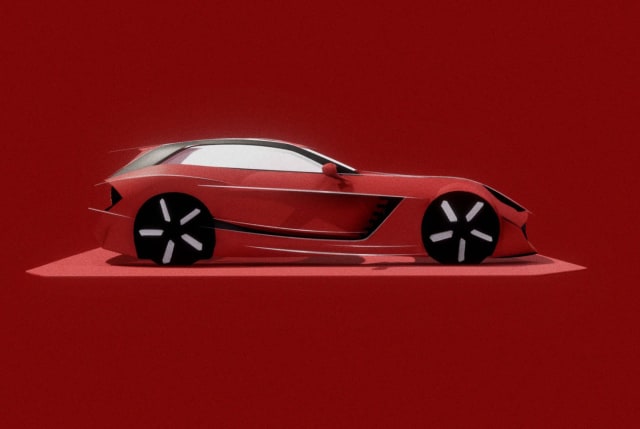A Look at 3D Modeling in VR with Gravity Sketch for Oculus
Virtual reality (VR) started off as science fiction, but over the past few years, the fiction behind the science has gradually faded away, as cutting-edge VR technology has popped up here and there. One such technology is the Gravity Sketch—an Oculus-based 3D creation app created to bring out the creativity in artists and designers.

Gravity Sketch isn’t the first artistic VR creation tool, though—that title belongs to Google’s Tilt Brush, which came out in 2016. However, Gravity Sketch seems to be in a class of its own, owing to the simplicity of its user interface and its wide range of features that makes it a lot easier to replicate—in midair—exactly the idea you have in your head.
A recent update to this app brought a wide range of new features geared at simplifying the ideation and creation process. Some of these include the export function which makes it possible to export existing work to other design tools in .fbx, .obj and .iges formats. Other features include taper mode, drawing with normals, orthographic views, connect curves, filler solid, etc., all aimed at giving the designer more creative control over the model.
Due to a greater focus on design than art, gravity sketch seems to have resonated profoundly with a lot of designers. But is it really worth it? Is VR really the escape pod into endless creativity or is it just another hyped up piece of tech that’ll fade away in a few years? Well…time will tell. But while VR technologies—such as Gravity Sketch—are still in their infancy, it does seem to have some profound advantages over CAD.
For starters, CAD doesn’t allow users to visualize their designs in real-world dimensions and this can lead to occasional design inaccuracies. With VR however, designers can feel the full volume of their design around them and this can spark an even greater level of creativity.
Furthermore, since VR provides designers with a virtual copy of their model, it creates an immersive experience that makes it easy to pick apart the different components. This makes early detection of design defects possible—something that could really come in handy in the aerospace and automotive industries.
Also, the intuitiveness and user-friendliness of VR means designers can totally leapfrog the classical CAD training and still create expert-level 3D designs. This, of course, will save time and lessen the imaginative stress the brain is subjected to when designing a 3D model on a 2D screen.
However, VR isn’t yet a complete replacement for CAD, but it certainly makes for a great accomplice. And with Gravity Sketch, the future of design in VR is bright indeed.
Find the best 3D models on Flatpyramid Marketplace.
